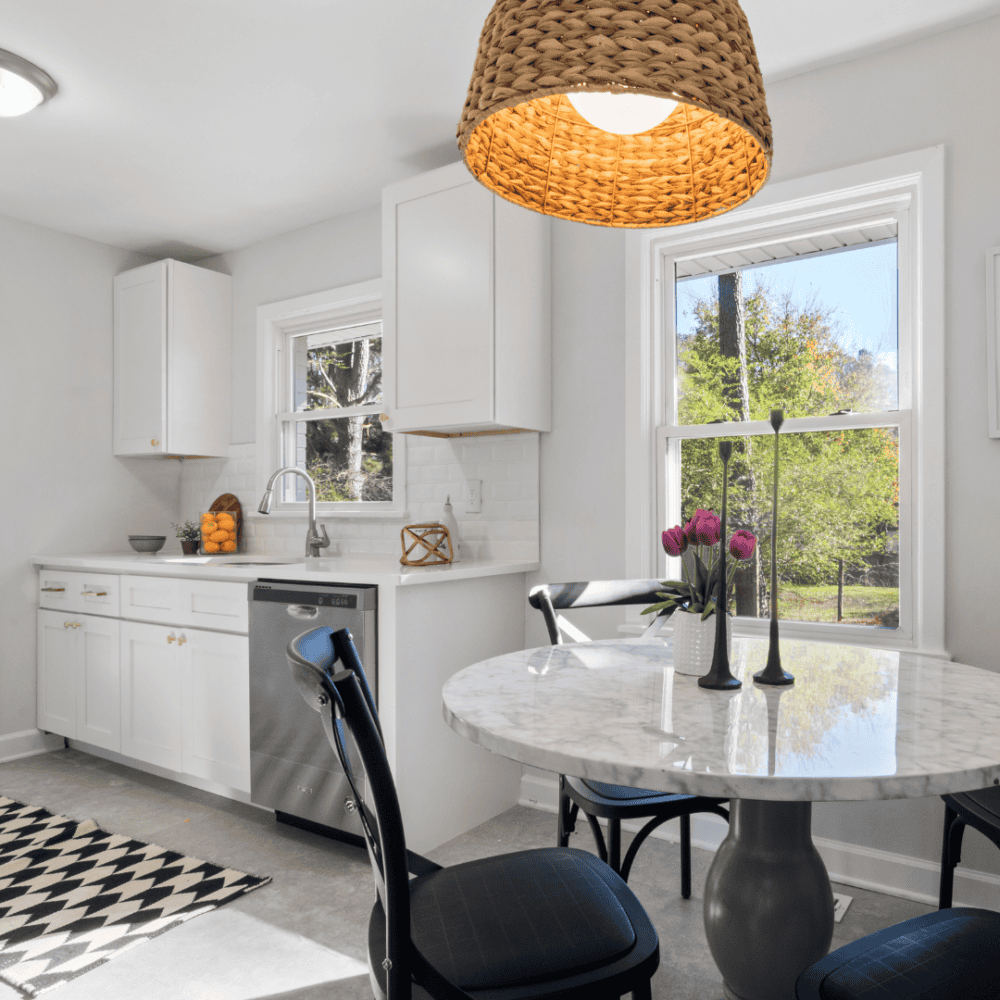
Say Goodbye To Slippery Surfaces on Decking and Patio Areas
Table of Contents
Slippery surfaces on decking and patio areas can be a significant safety hazard, particularly during wet weather. Whether it’s rain, dew, or just a spilled drink, moisture can turn your outdoor escape into a potential accident zone. There are effective ways to combat slippery surfaces and make your decking and patio areas safe and enjoyable year-round. Here are tips how you can say goodbye to slippery decking and patio areas.
Understanding the Problem
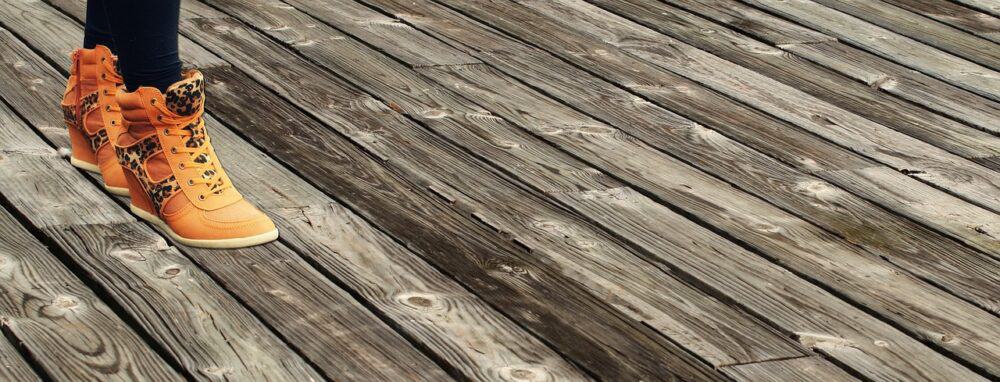
Before diving into solutions and anti-slip treatments, it’s essential to understand why decking and patio areas become slippery. The primary culprits are:
- Moisture: Rain, humidity, and dew can all contribute to slippery surfaces.
- Mold and Algae: These organisms thrive in moist environments and can create a slick surface.
- Surface Material: Some materials, like untreated wood or certain stones, are more prone to becoming slippery when wet.
Proactive Cleaning and Maintenance
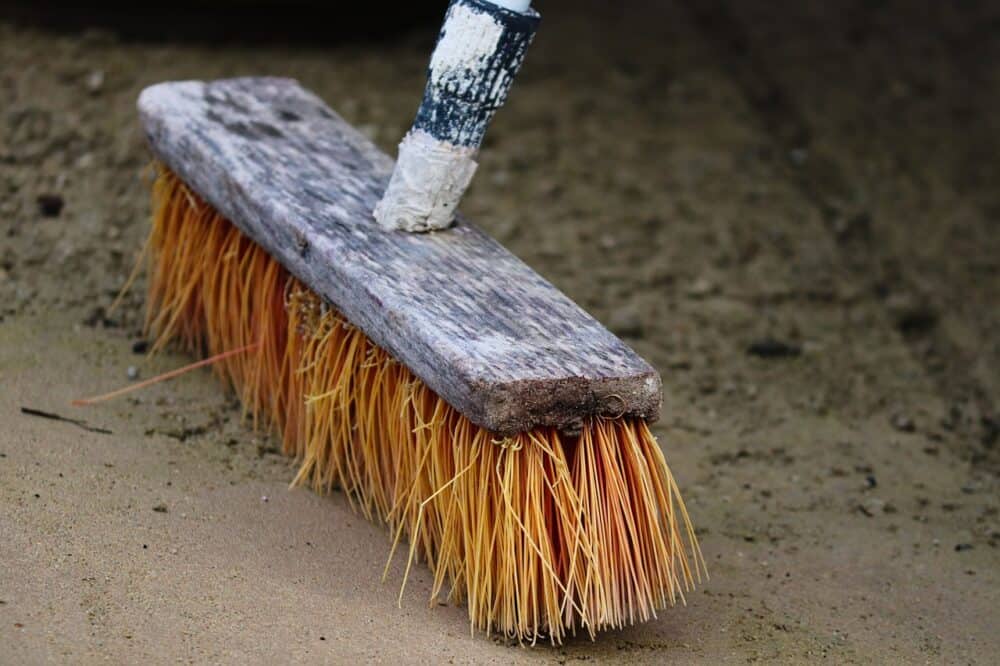
Regular cleaning and maintenance are the first steps in preventing slippery surfaces.
- Pressure Washing: Use a pressure washer to remove dirt, mold, and algae from your decking and patio surfaces. This helps to keep them clean and less slippery.
- Deck Cleaner: Apply the right deck cleaners to help break down organic build-up. Follow the manufacturer’s instructions for the best results.
- Scrubbing: For stubborn mould and algae, a stiff brush and some elbow grease may be necessary and the best solution.
Choosing the Right Materials
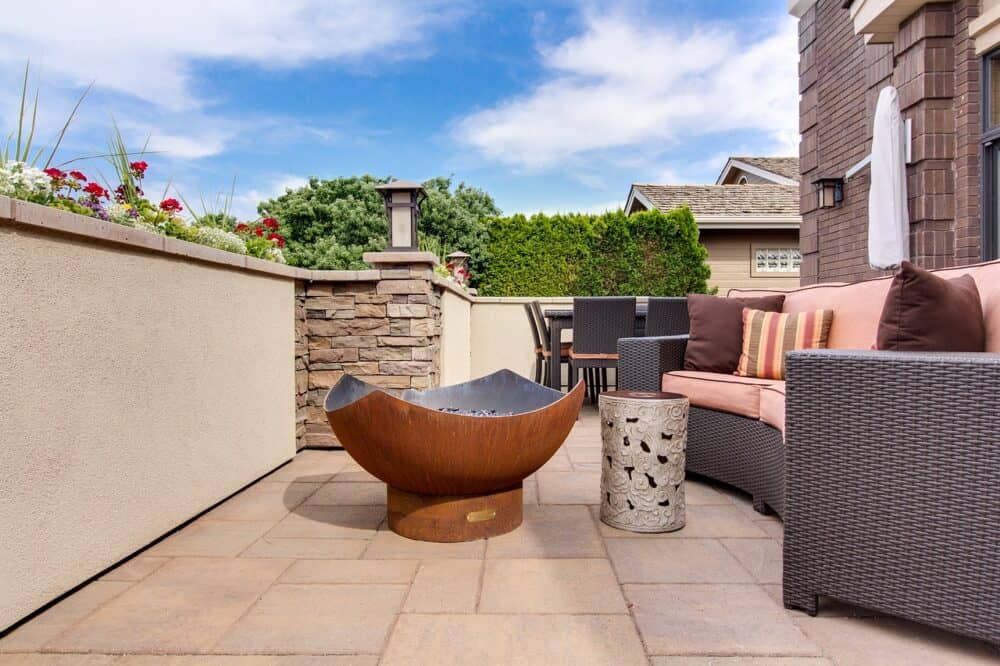
If you’re installing new decking or patio surfaces, consider naturally slip-resistant materials.
- Composite Decks: Composite materials often come with built-in texture for slip resistance and are less prone to developing mold and algae.
- Textured Concrete: For patios, textured natural stone or stamped concrete can provide better traction than smooth surfaces.
- Non-Slip Tiles: These tiles are specifically designed to offer grip, even when wet.
Applying Non-Slip Coatings
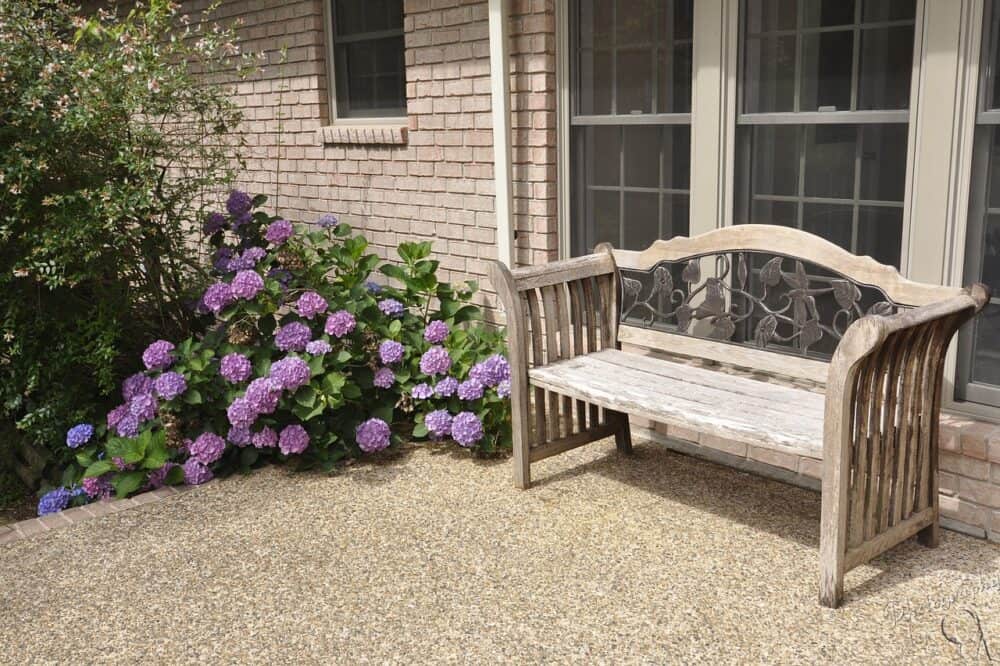
Non-slip coatings are a practical solution for existing deck maintenance and patios. These coatings add a layer of texture that provides extra grip.
- Non-Slip Paint: Available for both wooden decks and concrete, non-slip-resistant coatings and paint contains aggregates that create a gritty surface.
- Anti-Slip Strips: Adhesive strips can be applied to high-traffic areas to provide additional grip.
- Sealants with Grit: Sealants mixed with sand or other grit materials can be applied to specific areas and surfaces to enhance traction.
Installing Anti-Slip Products
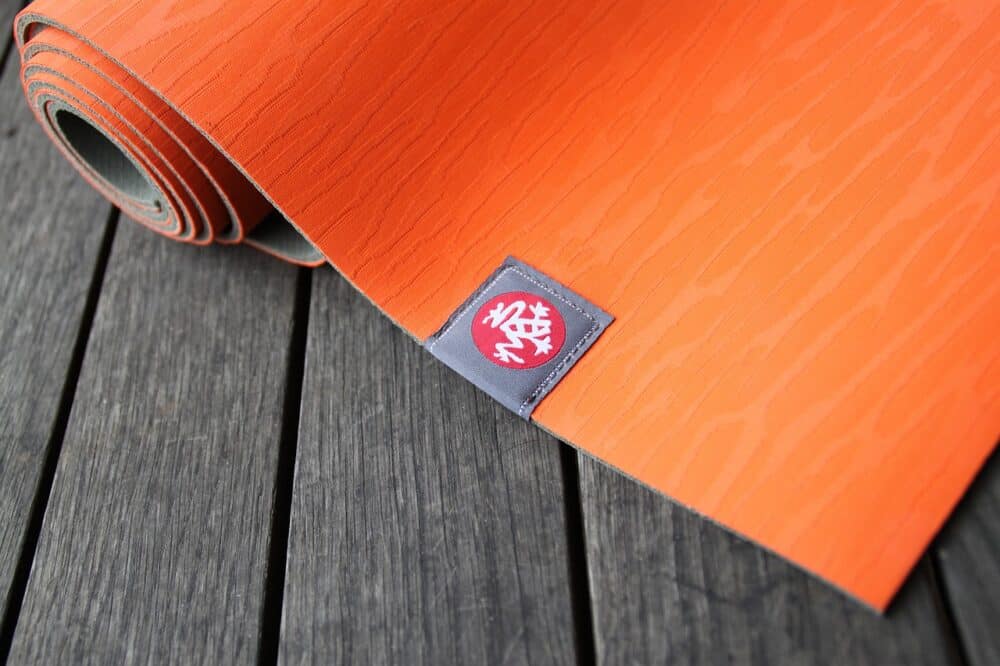
Consider adding anti-slip products to areas with risk of slips.
- Anti-Slip Mats and Rugs: Place these in frequently used areas, such as near entrances or on stairs.
- Rubber Pavers: These can be laid over existing surfaces to provide a slip-resistant surface.
Landscaping and Drainage
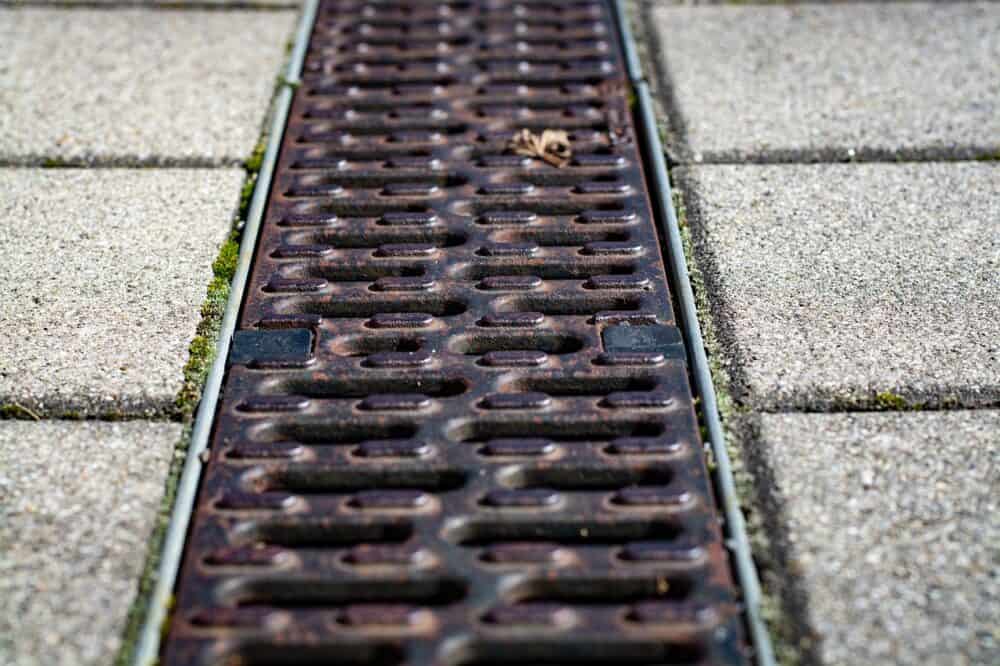
Proper landscaping and drainage can help reduce the amount of moisture that settles on your decking and patio areas.
- Drainage Systems: Ensure your patio has adequate drainage to prevent water from pooling.
- Gutter Systems: Properly installed gutters and downspouts can direct water away from your deck and patio.
Routine Inspections
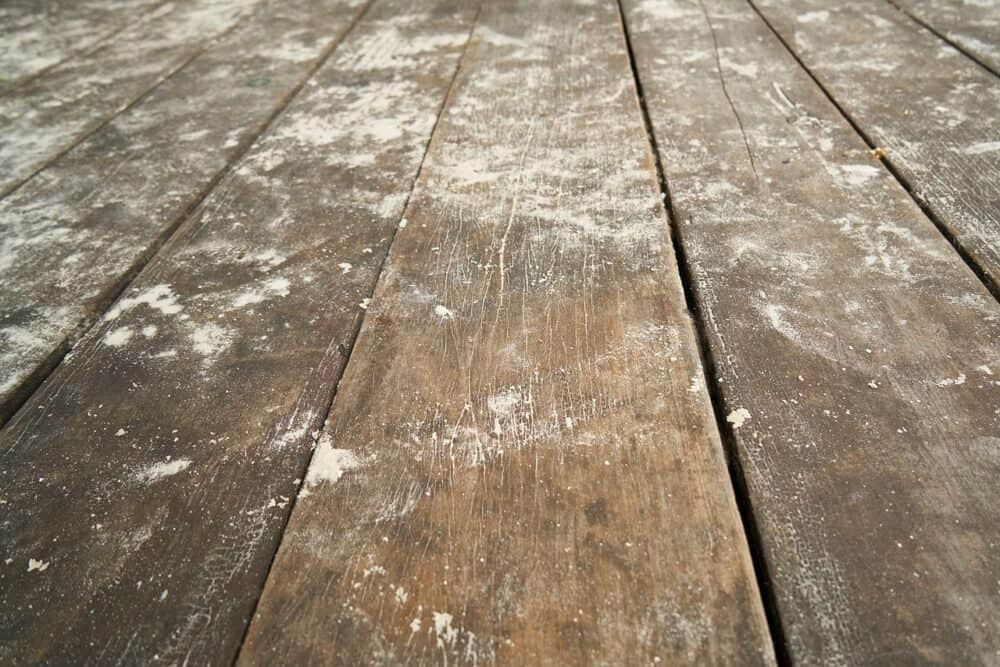
Regularly inspect your decking and patio areas for signs of wear and tear that could contribute to slippery outdoor surfaces.
- Check for Rot: Natural Wood decks, in particular, can develop rot over the test of time, making the surface more slippery.
- Inspect for Loose Boards or Tiles: Ensure all materials are securely in place to avoid tripping hazards.
Conclusion
Taking proactive steps can significantly reduce the risk of slippery surfaces on your decking and patio outdoor area. Regular maintenance, the right materials, non-slip coatings, and thoughtful landscaping are crucial in creating a safe, enjoyable space.

